Types of Pots and Pans Every Chef Should Know
Types of Pots and Pans Every Chef Should Know
Pots and Pans 101
Resourceful cooks make the most of the pots and pans they have, whether that’s an entire set of cookware or a lone sauté pan. And whether or not you’re a MacGyver in the kitchen, you don’t need an arsenal of fancy pans to make the vast majority of dinner recipes out there. The basics we’ve covered here can take you incredibly far—and if you’re up for expanding your collection, we’ve got suggestions for those, too. (Do you really need a wok? Asking for a friend.)
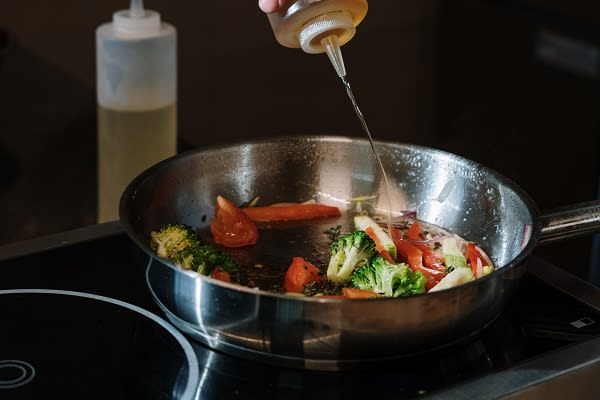
What Is a Sauté Pan Used For?
These workhorses have straight sides, which make them ace at pan-frying or braising—the types of applications that involve liquids you definitely don’t want splashing over the sides. As per their name, they’re also go-tos for sautéing, as well as stir-frying or searing. A good sauté pan will measure somewhere between 10 to 14 inches on the bottom, with a wide, flat surface that conducts heat, which results in browning, which equals flavor. These pans are also great for tossing pasta with sauce just before serving.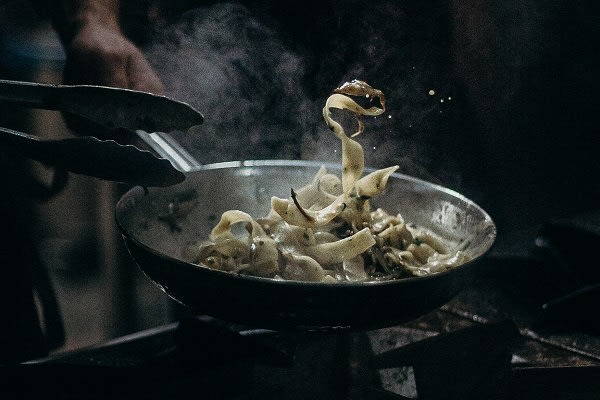
What Is a Skillet Used For?
Also known as frying pans, skillets differ from sauté pans in that they have sloping sides, a shallow depth, and no lids. When you’re cooking fast with high heat, or cooking anything that needs a lot of flipping and stirring with a spatula, the skillet is your pan (that jump-flip move that chefs like to show off with? They do it with a skillet, since its flared sides make it easy to shake what’s inside). If your skillet is stainless steel or otherwise oven-safe, it will be great for dishes that require searing and finishing in the oven, such as steak, chicken, or pork chops.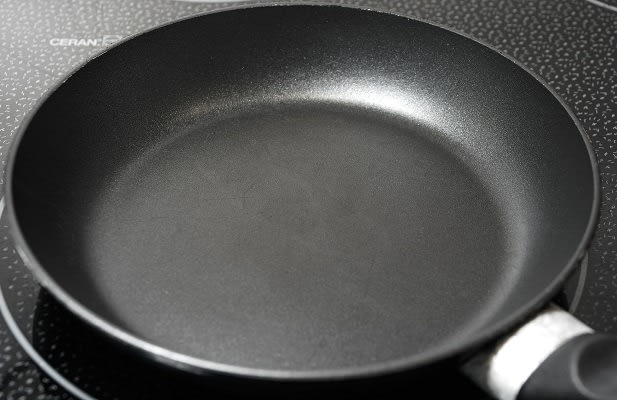
What Is a Nonstick Skillet Used For?
If you scramble or fry eggs often, you’ll definitely want a nonstick skillet. They’re ideal for all delicate foods, actually, including crepes, pancakes, and fish. A few caveats: Keep the heat at low or medium, as high heat deteriorates the nonstick finish. Avoid acidic ingredients, such as tomato sauce or wine (they also wear away the coating), as well as nonstick cooking sprays (they build up a residue that becomes sticky and difficult to remove, though we do have some tips on how to clean your nonstick pots and pans). When using your nonstick skillet, use wood, silicone, or rubber utensils—never metal.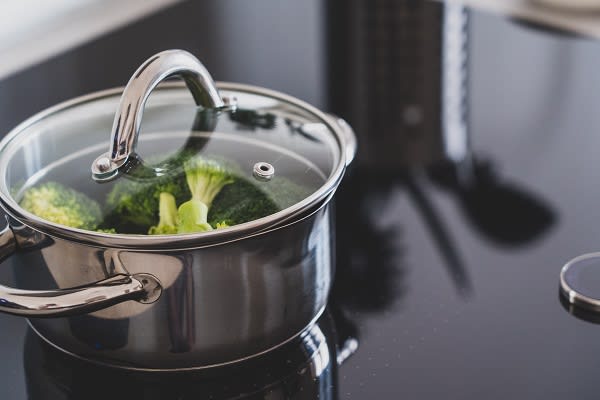
What Is a Saucepan Used For?
With a 3-to-4-quart saucepan that has tall, straight sides, you can make all manner of, well, sauces, not to mention steam or blanch vegetables or cook rice. These pots are quite deep with high sides and straight edges, and you’ll want to make sure yours has a lid, which will come in super handy when steaming. It’s one of the most versatile pieces of cookware you could own, so if you’re building up your collection slowly to focus on quality over quantity, the saucepan is a good place to start.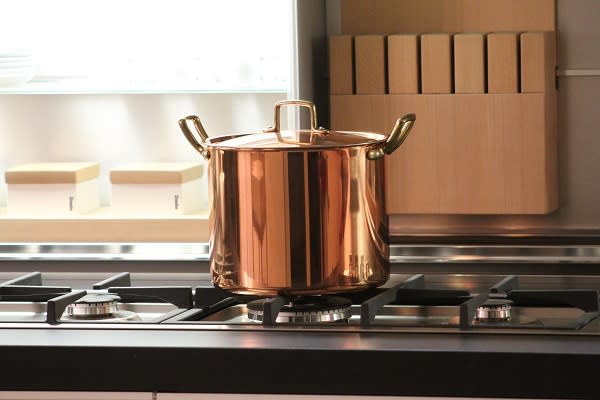
What Is a Stockpot Used For?
This pot is a bigger version of a saucepan, typically 8 to 10 quarts, and is the go-to for boiling pasta, or simmering soup or stock. The reason? Its tall, narrow shape means that liquids evaporate more slowly than they do in pots with a larger diameter. One nonnegotiable: Make sure the handles are durable and capable of standing up to heavy lifting. Obviously you want all of your cookware to be durable, but you’ll be hoisting the stockpot from stove to sink when doing things like boiling pasta, so you don’t want to risk a spill.Other Types of Pots and Pans
Ready to grow beyond the basics? A cast-iron skillet is a wondrous piece of equipment; read more about it here. A griddle—aka a big, shallow, square frying pan, is terrific for grilled cheese, burgers, bacon, and eggs. And it’s a godsend if you’re cooking brunch for a crowd, as you can fit so much on to it. A roasting pan is indispensable for roasting birds (whether chicken or turkey) or large cuts of meat. And then there’s the million-dollar question: Do you need a wok? Well … it’s not an easy question to answer, but we’ll say this: With its high walls and graduated heating zones, a wok comes in clutch for much more than stir-fries. Two surprising uses: Use it to help evenly distribute sauce onto food, or keep it off the heat completely and deploy it for mixing up a chopped salad like a pro.